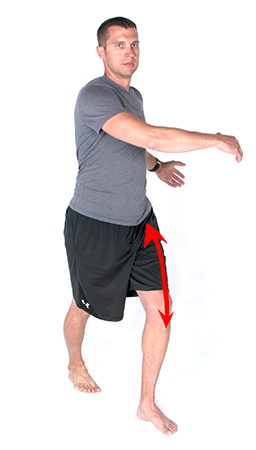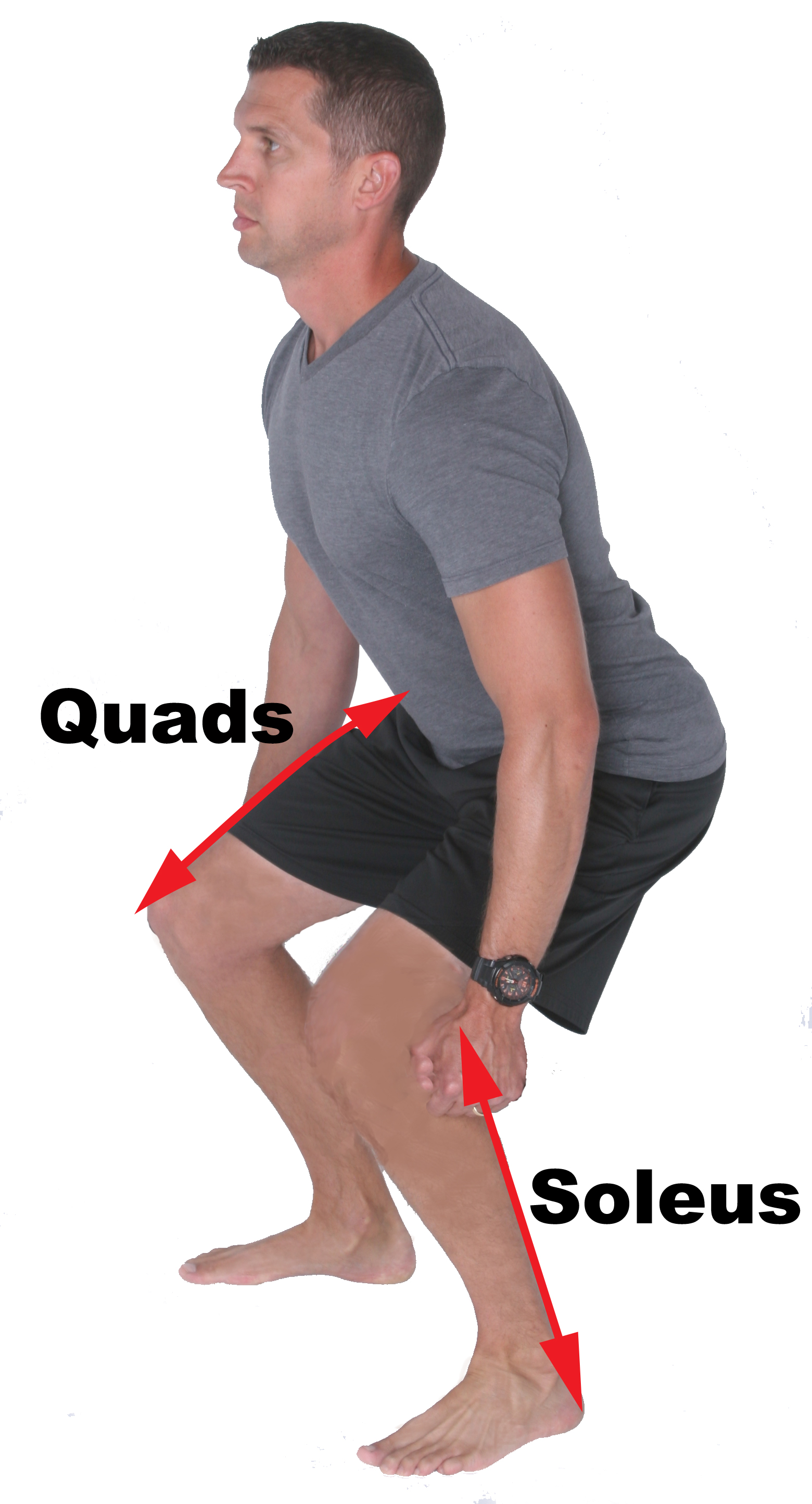Most textbooks on traditional anatomy tell us that ‘Muscle A’ goes from ‘Bone 1’ to ‘Bone 2’, and when it contracts it pulls these two bones together. For example, a text of this type might explain that the quadriceps muscles of the leg are responsible for shortening or contracting to straighten the knee.1 That is why people perform the leg extension exercise to strengthen the quadriceps, and this would seem like a valid rationale for doing this exercise. However, in real life muscles function very differently and need to be exercised as such. So, “What is functional anatomy and how do muscles work when we move? Additionally, what can we do to design better exercise programs to strengthen muscles more effectively?
Functional Anatomy in a Nutshell
An overlooked real-life function (i.e., functional anatomy) of most muscles is to lengthen effectively in order to slow down parts of our body as they move. In order to better appreciate how our muscles work in this way visualize a person who is attached by their feet to the end of a bungee cord as they jump off a bridge. If the bungee cord gets the right amount of tension on it as the person nears the ground, then he or she will be saved from smashing into the earth. However, if the bungee cord doesn’t pull tight at the right time, the person will impact the ground with dire consequences. The muscles of our body act in a similar way. When our muscles work as ‘bungee cords’ they help protect our body (especially the joints) from excessive stress by pulling tight at the right moment. For example, one of the real-life functions of the quadriceps muscles is to lengthen and slow down the knee and hips as they bend when we squat or lunge (see image right).3
In addition to controlling forces through the body, our body’s muscular bungee cord system also stores energy that can be used to create strong, powerful movements as this energy is released (i.e. when the muscle fibres contract). Just like when the bungee cord reaches its maximum stretch and pulls the person powerfully back up to where the bungee cord is anchored, our muscles contract powerfully to create and continue movement. Looking at the quadriceps for example, the lengthening of these muscles when we squat stores energy to then help contract these muscles to straighten the knee and extend the hips to stand us back upright again.
Here is another example to help you understand the real-life function of the soleus muscle and how you might apply this new way of thinking about muscle function to design better exercises.
Functional Anatomy of the Soleus Muscle
Traditionally, we have been taught that the primary action of the soleus muscle is to push the foot down when the knee is bent.2 This is why seated calf raises are commonly recommended as an exercise to work the soleus muscle. However, in real-life the job of the soleus muscle (via the Achilles tendon) is to help slow down the ankle and knee as they bend. When a person is performing actions such as squatting, lunging, or going up stairs, the lower leg moves forward over the foot as the heel remains planted on the ground. This forward movement of the lower leg causes the Achilles tendon and soleus to elongate which helps load the ‘bungee cord’ feature of these tissues and protect the ankle and knee from excessive stress (see image left).
As such, a more appropriate functional exercise for strengthening the soleus muscle would be deep squats where the ankle and knee are flexing together. This exercise would help train and strengthen the tissues of the lower leg to better absorb shock to the ankle and knee, and maximize the stored energy potential of the muscle to improve performance.
Understanding anatomy in real-life terms and thinking about how muscles in the body work to slow down the forces of nature by lengthening like bungee cords will enable you to create effective exercises that build strength, improve function and eliminate pain.
Bear in mind that most people will not be used to performing exercises that work muscles in primarily an eccentric (i.e. lengthening) fashion, and doing so can be surprisingly taxing to the muscles and joints. Therefore, before beginning or recommending any program of functional strengthening that includes exercises that place the muscles under a lengthening load, perform self-myofascial and isolated stretching exercises to help prepare the tissues for these additional stressors. For example, before attempting the deep squat above, have clients massage and stretch their calf muscles and quadriceps (as the knee will also be flexing).4 Furthermore, if you suspect your client has an injury, it is recommended that you obtain clearance from a medical professional before facilitating any exercises or movements that place emphasis on the lengthening function of muscles.
An understanding of the real-life function of muscles will help you design both corrective and performance enhancement exercise strategies that train muscles to react appropriately during real life movements with the body has to decelerate. By progressively integrating these types of exercises into your clients’ programs, they will reach their goals more easily and you will set yourself apart as an industry expert who understands the true nature of muscle function.
Fitness, exercise and health professionals interesting in learning more about anatomy, and how muscles and other soft tissue structures affect pain and dysfunction, should check out Module 2 (i.e., Understanding Muscles and Movement) of The BioMechanics Method Corrective Exercise Specialist certification program or by clicking on the link below.
References
1Golding, L.A. & Golding, S.M. 2003. Fitness Professional’s Guide to Musculoskeletal Anatomy and Human Movement. Monterey, CA: Healthy Learning.
2Kendall, F.P. et al. 2005. Muscles Testing and Function with Posture and Pain (5th ed.). Baltimore, MD.: Lippincott Williams & Wilkins.
3Price, J., and M. Bratcher. 2018. The BioMechanics Method Corrective Exercise Specialist Certification Program. 2nd Ed. San Diego, CA: The BioMechanics Press.
4Price, J. 2018. The BioMechanics Method for Corrective Exercise. Champaign, IL: Human Kinetics.


